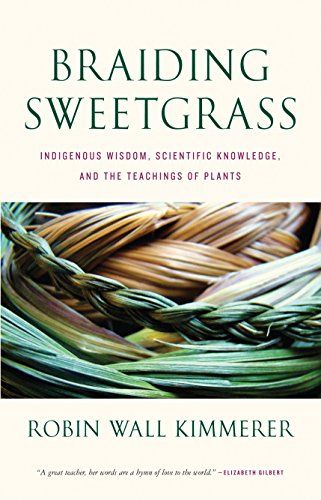I live in Chicago, but little by little I am expanding my Great Lakes repertoire. I lived for a year in a cabin along the Wisconsin coast. This year a friend and I took a trip to the Apostle Islands in Lake Superior, and I spent a weekend solo camping and writing on Washington Island on the very tip of Door County. Back in the city, Lake Michigan touches the park behind my apartment building, and the minute water is bearable in June I swim in it. I keep swimming until that day in October where I stop, and I think to myself, “Hm, if I get in this tomorrow, I may or may not get hypothermia.” So, in the cold months, when all all I can do is look out over the water and stick myself in the indoor pool. I try to find at least one or two books a season that take place either in or are about the Great Lakes.
The Death and Life of the Great Lakes by Dan Egan
This book will always be known as the thing that made me afraid of Lampreys. It is meticulously reported and covers everything from the Saint Lawrence Seaway, to water rights issues, to the current ecological well beings of the Lakes.
Lake Michigan by Daniel Borzutzky
While we often think of the Great Lakes as a place of barges, and pine forests, they are also the home to several major Urban Areas including Toronto, Cleveland, and Milwaukee. We cannot separate the Lakes from the troubles and triumphs of the cities on their shores. A good book that represents this is Lake Michigan by Daniel Borzutzky. Set in a fictitious prison on a Chicago beach, this is a set of 19 lyric poems that interrogate many of the ideas about race, and violence. It is also beautiful.
The Long-Shining Waters by Danielle Sosin
Long and Shining Waters captures the icy gleam of Lake Superior. It braids together the stories of Nora, a bar owner, Grey Rabbit, an Ojibwe woman, and Berit and Gunnar, a Norwegian couple. All three are deeply connected to the lake, and while their stories never meet, there is a voice that connects them all. Sosin’s prose somehow captures the sharpness and awe of Lake Superior, where other artists have seemed to have sanded off its edges. I don’t know how she did it, but the product is mesmerizing.
Braiding Sweetgrass: Indigenous Wisdom, Scientific Knowledge, and the Teachings of Plants by Robin Wall Kimmerer
Dr. Kimmerer’s book doesn’t take place directly on the Great Lakes, but her voice is vital to the understanding of the Region. First, she is a member of the Potawatomi Citizen Nation, which speaks Anishinaabe, the first language of the Great Lakes. She is also a scientist who specializes in moss, swamps, and plants. This book offers excellent insight into the way I saw the Great Lakes, its humans, and its ecosystems.

